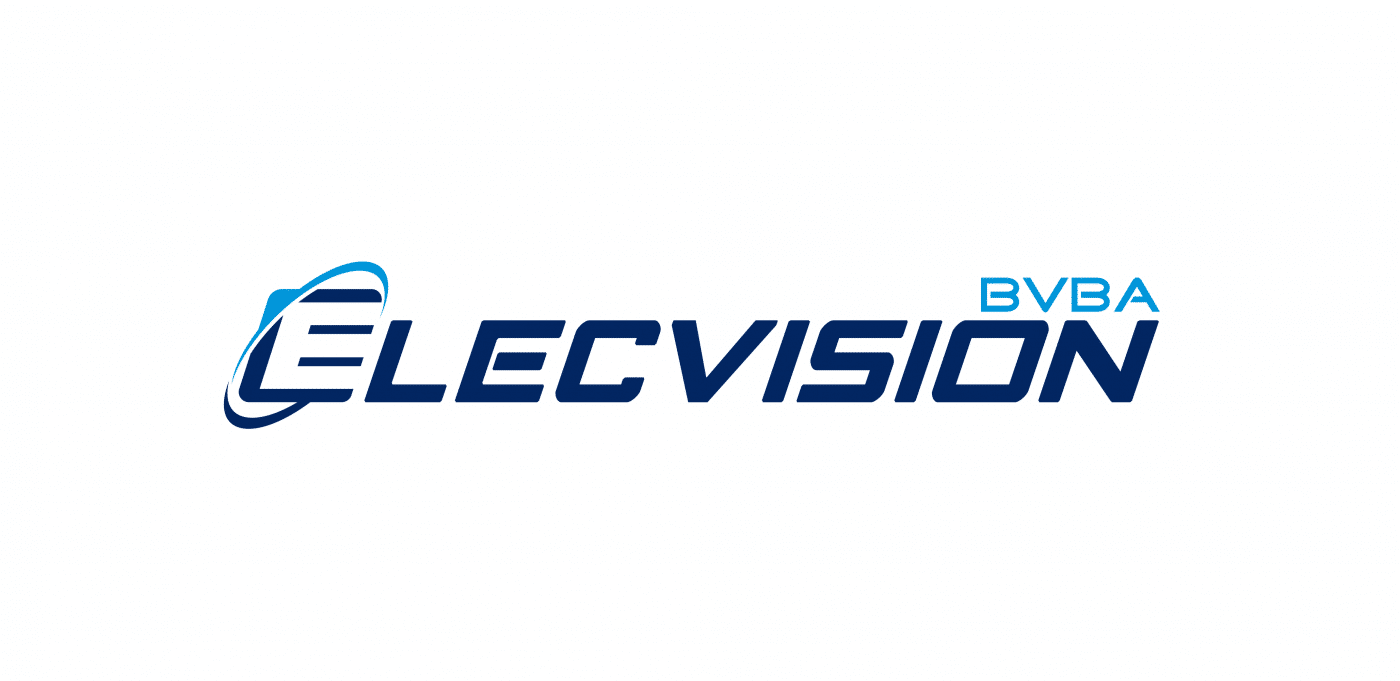As the global academic landscape remains to evolve, tutoring networks have actually emerged as an essential component in the quest for academic quality. These networks offer a varied variety of finding out chances, satisfying students of any ages and academic degrees. They function as an important supplement to typical instructional systems, giving individualized support and specialized expertise to assist learners attain their scholastic desires.
In this article, we delve into the world of coaching networks, exploring their structure, benefits, and the transformative influence they carry education. By understanding these networks, students, parents, and teachers can make enlightened choices about integrating tutoring into their educational techniques.
The Structure of Tutoring Networks
Tutoring networks vary extensively in their framework, however they typically include both on-line and offline solutions. These networks may operate as massive organizations with an international reach or as smaller, community-focused entities. The introduction of modern technology has substantially expanded the reach and effectiveness of tutoring networks, allowing them to get in touch with trainees across various geographical locations.
On the internet tutoring systems have obtained substantial appeal as a result of their convenience and access. These systems usually include a wide variety of subject matter professionals available around the clock.
Additionally, they make use of sophisticated modern technologies such as video clip conferencing, interactive whiteboards, and digital resources to develop an engaging knowing experience. Offline tutoring, on the other hand, typically takes place in-person, enabling hands-on support and a customized touch.
The tutors within these networks are generally experienced instructors who concentrate on different topics. They work either separately or as part of the tutoring network, offering their experience and support to assist pupils browse their academic obstacles.
- Online Tutoring Platforms: Give digital discovering environments with flexible organizing.
- Community-Based Tutoring: Focuses on localized assistance, cultivating area participation.
- Subject-Specific Networks: Tailored know-how in areas like mathematics, scientific research, languages, etc.
- Hybrid Versions: Incorporates on the internet sources with in-person sessions for comprehensive support.
Comprehending the structure of tutoring networks can assist stakeholders choose the most ideal choice based on individual requirements and choices.
Advantages of Tutoring Networks
Coaching networks use countless benefits that contribute to the academic success of trainees. Among the main benefits is the customized interest pupils receive. In a traditional class setup, it can be testing for educators to attend to the unique requirements of each pupil due e-learning to huge class sizes and time restraints. Tutoring networks bridge this space by supplying individually or little team direction customized to the student’s private staminas and weak points.
Additionally, coaching networks frequently utilize specialized training techniques that accommodate different discovering designs. This customized method not just boosts understanding however additionally improves trainees’ confidence in their capacities. By functioning carefully with knowledgeable tutors, pupils can create a deeper understanding of the topics they discover difficult.
In addition, coaching networks provide flexibility in understanding. Trainees can schedule sessions at times that finest match their regimens, allowing them to balance academic dedications with extracurricular activities or personal rate of interests. This flexibility enables a more unwinded and worry-free knowing setting, conducive to academic success.
Choosing the Right Tutoring Network
Choosing the right tutoring network entails thinking about a number of key factors to guarantee it aligns with the trainee’s scholastic goals and learning preferences. The initial step is to recognize the certain locations or subjects where support is needed. This emphasis aids narrow down possible tutoring networks that focus on those subjects.
- Examine Tutor Accreditations: Make Certain tutors have the required qualifications and experience.
- Assess Teaching Approaches: Look for cutting-edge and adaptable mentor methods.
- Consider Technology Integration: Use systems with advanced tech devices for a richer learning experience.
- Check Testimonials and Endorsements: Seek responses from previous students to determine success rates and complete satisfaction.
When these factors are examined, potential students and their households can make informed choices concerning which tutoring network will best sustain their educational trip.
The Future of Tutoring Networks
The future of tutoring networks is brilliant, driven by technical advancements and a raising need for customized education and learning. As expert system and machine learning remain to establish, they are most likely to become important parts of coaching networks, supplying a lot more customized and effective discovering experiences.
In addition, the international commitment to education and learning equality will certainly even more drive the development of tutoring networks. By damaging down geographical and socio-economic barriers, these networks can democratize access to high quality education and learning, ensuring that every student has the opportunity to prosper, no matter their history.
Welcoming Coaching Networks for Academic Success
To conclude, tutoring networks play a crucial role in modern education by supplying customized learning experiences that enhance typical instructional systems. Their flexibility, specialist advice, and innovative approaches make them an important source for pupils intending to stand out academically.
By comprehending the structure and benefits of coaching networks, pupils and their households can make educated choices that will certainly boost their educational experience. As the future of education and learning remains to develop, accepting these networks can be a transformative step towards attaining academic quality.



